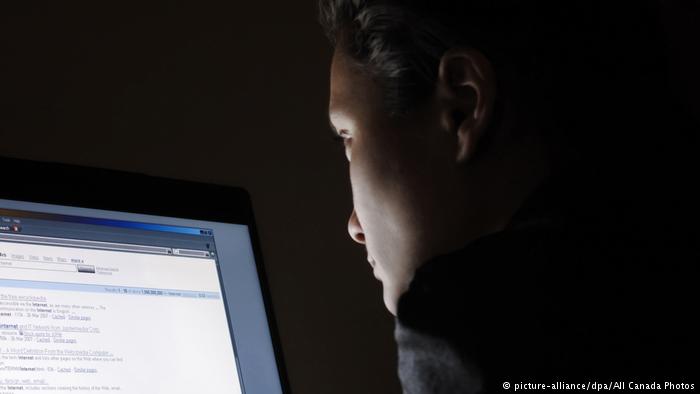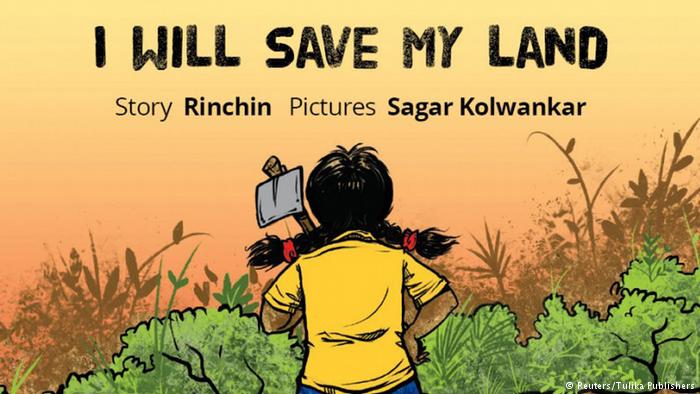Almost a quarter of women experience online abuse and harassment

Online abuse against women has real life consequences including self-censorship and psychological damage. An international survey shows nearly one in four women have experienced such abuse, including physical threats.
Abuse against women conducted over the internet leads to self-censorship, stress, anxiety and even panic attacks, Amnesty International said Monday.
Nearly one in four women (23 percent) in eight countries said they had experienced online abuse or harassment at least once, according to an IPSOS MORI poll conducted for the human rights group.
“It’s no secret that misogyny and abuse are thriving on social media platforms, but this poll shows just how damaging the consequences of online abuse are,” said Amnesty researcher Azmina Dhrodia. “This is not something that goes away when you log off.”

Threats have chilling effect
Of those who have experienced online harassment, between one-fifth and one-quarter said the abuse included threats of physical or sexual assault. Around a quarter said they feared for their family’s safety.
Nearly 60 percent of women said the online abuse came from strangers.
Women who face online harassment said they experienced lower self-esteem or loss of confidence (61 percent), stress, anxiety or panic attacks (55 percent), and loss of concentration (56 percent).
About three quarters of women said that they had changed how they used the social platforms as a result of abuse, with 32 percent stopping to post content or refraining from expressing their opinions on certain issues.
“Social media has helped enhance freedom of expression, including access to information in many ways. But as offline discrimination and violence against women have migrated into the digital world, many women are stepping back from public conversations, or self-censoring out of fear for their privacy or safety,” said Dhrodia.
Amnesty called on social media platforms to do more to comply with their own standards, including tackling threats based on gender or identity.
“The right to freedom of expression protects expression which may be offensive, deeply disturbing, and sexist,” Amnesty said. “However, freedom of expression does not include advocacy of hatred or violence.”
The poll was conducted on a total of 4,000 women aged 18-55 in the United States, Britain, Spain, Poland, Sweden, Denmark and New Zealand.
Author: Chase Winter
Read more:
Ten years of online harassment – documented
Half of women in Germany victim of sexual harassment in workplace
_____
WTO RECOMMENDS
She asked for it or did she not?
Too many times I have been told to dress “right”. Often times I have been asked if I dressed a certain way to gain more “male attention” or to be more precise, to “tease men”. Every day, I am reminded that if I stay out too late, I could “invite trouble”. The list goes on.
‘We need to change that girls are seen as objects’ to stop sexual violence, says UNICEF
At least 15 million girls have been victims of sexual violence, yet only 1 in 100 sought help, according to the UN’s children’s agency. Most children knew their abusers, says the report’s author Claudia Cappa.
Do the media suffer from ADD when covering violence against women?
It is rarely a good idea to pay too much attention to talk shows and their hosts. But once upon a time I thought differently and so they received much undeserved attention from me.






